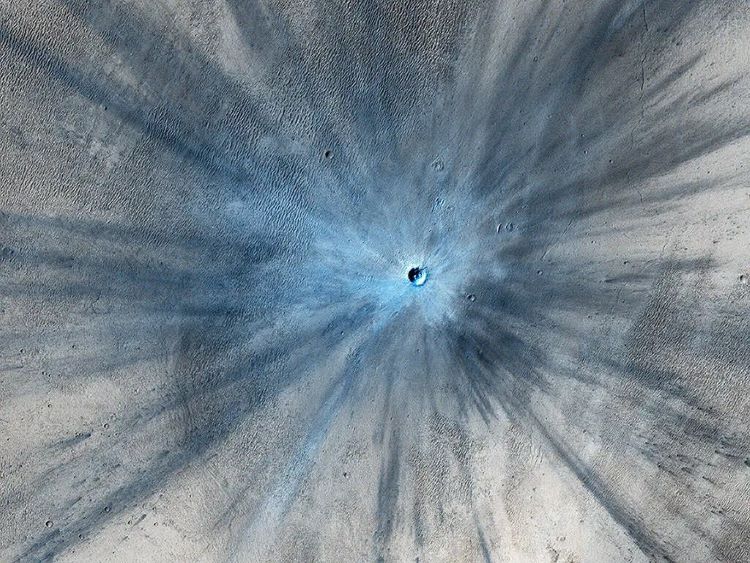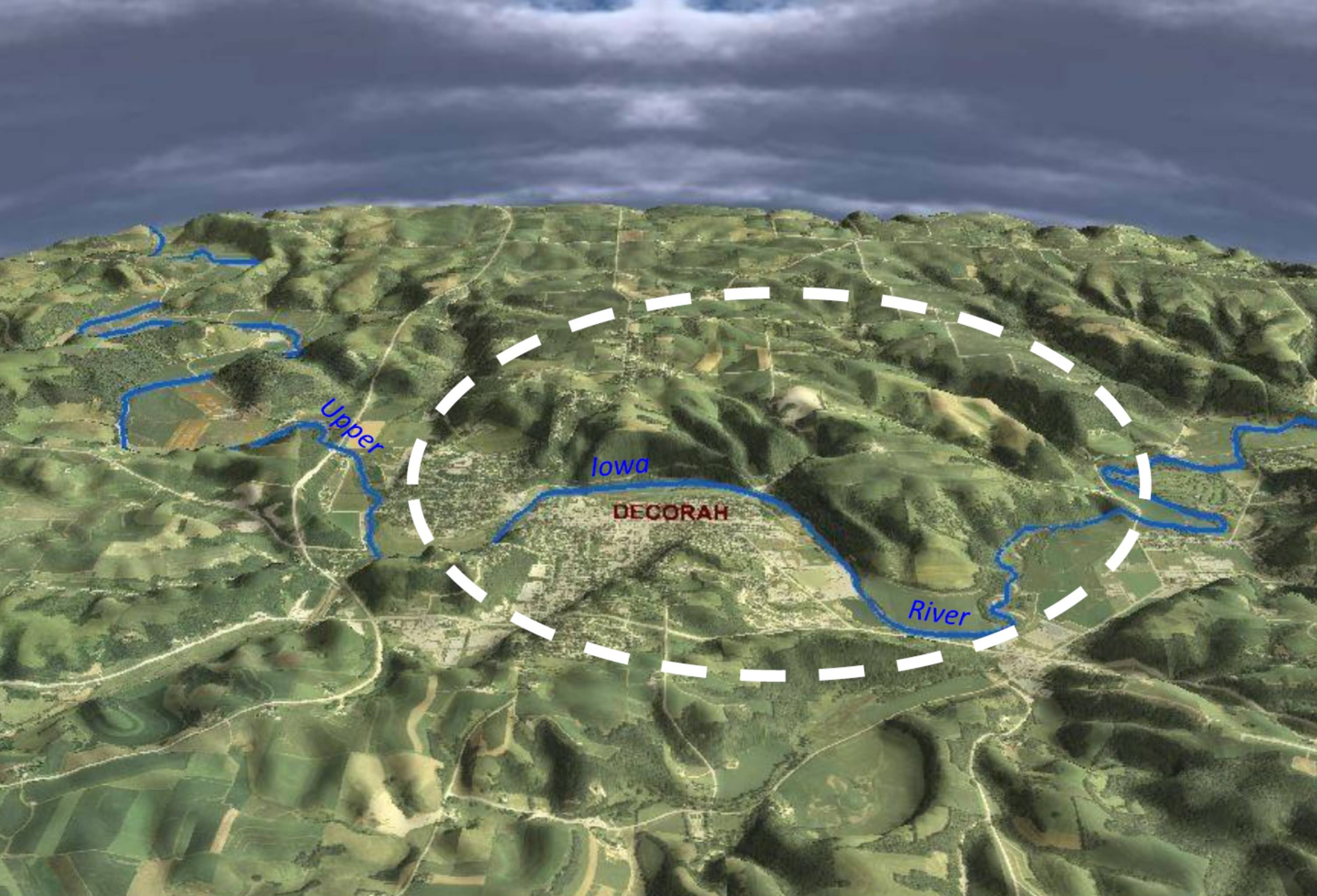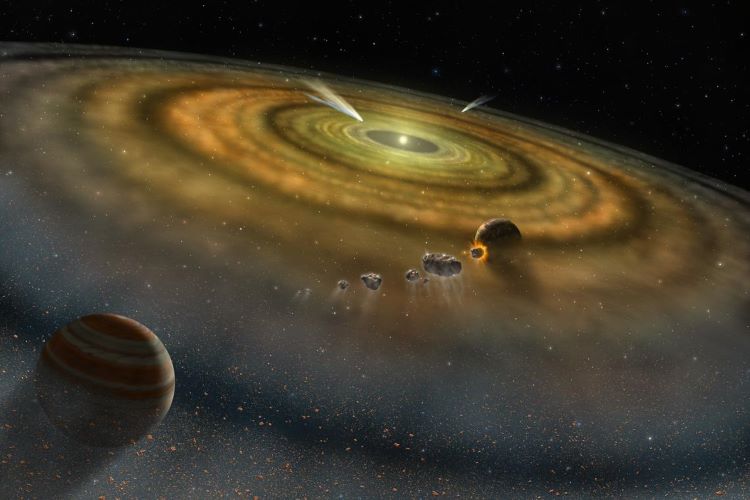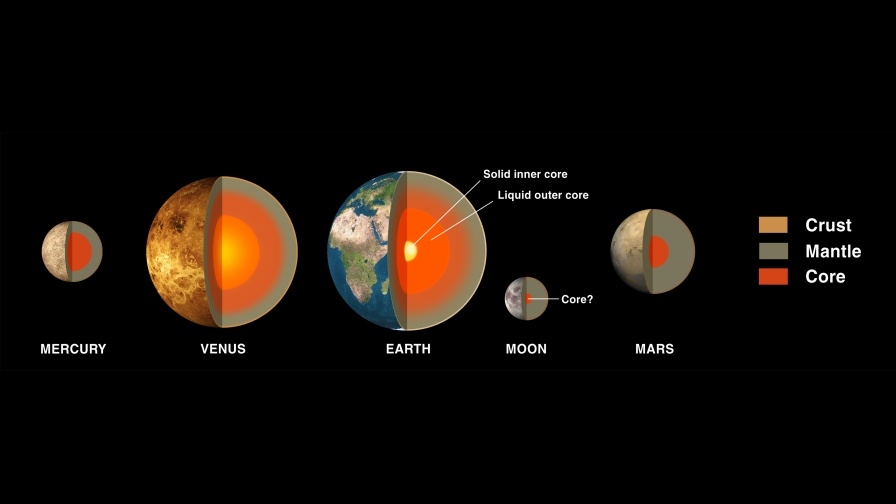Universe Today has had some fantastic discussions with researchers on the importance of studying impact craters, planetary surfaces, exoplanets, astrobiology, solar physics, comets, planetary atmospheres, and planetary geophysics, and how these diverse scientific fields can help researchers and the public better understand the search for life beyond Earth. Here, we will investigate the unique field of cosmochemistry and how it provides researchers with the knowledge pertaining to both our solar system and beyond, including the benefits and challenges, finding life beyond Earth, and suggestive paths for upcoming students who wish to pursue studying cosmochemistry. But what is cosmochemistry and why is it so important to study it?
Continue reading “Cosmochemistry: Why study it? What can it teach us about finding life beyond Earth?”Planetary Geophysics: What is it? What can it teach us about finding life beyond Earth?
Universe Today has examined the importance of studying impact craters, planetary surfaces, exoplanets, astrobiology, solar physics, comets, and planetary atmospheres, and how these intriguing scientific disciplines can help scientists and the public better understand how we are pursuing life beyond Earth. Here, we will look inward and examine the role that planetary geophysics plays in helping scientists gain greater insight into our solar system and beyond, including the benefits and challenges, finding life beyond Earth, and how upcoming students can pursue studying planetary geophysics. So, what is planetary geophysics and why is it so important to study it?
Continue reading “Planetary Geophysics: What is it? What can it teach us about finding life beyond Earth?”Impact Craters: Why study them and can they help us find life elsewhere?

When we look at the Moon, either through a pair of binoculars, a telescope, or past footage from the Apollo missions, we see a landscape that’s riddled with what appear to be massive sinkholes. But these “sinkholes” aren’t just on the Moon, as they are evident on nearly every planetary body throughout the solar system, from planets, to other moons, to asteroids. They are called impact craters and can range in size from cities to small countries.
Continue reading “Impact Craters: Why study them and can they help us find life elsewhere?”Giant Ancient Impact Crater Confirmed in Iowa

A monster lurks under northeastern Iowa. That monster is in the form of a giant buried basin, the result of a meteorite impact in central North America over 470 million years ago.
A recent aerial survey conducted by the state of Minnesota Geological Survey and the United States Geological Survey (USGS) confirms the existence of an impact structure long suspected near the eastern edge of the town of Decorah, Iowa. The goal of the 60 day survey was a routine look at possible mineral and water resources in the region, but the confirmation of the crater was an added plus. Continue reading “Giant Ancient Impact Crater Confirmed in Iowa”


